GREAT AFRICAN MIGRATIONS
‘At any given moment, billions of animals are on the move.’
~ David Attenborough, Our Planet II
Nature is always on the move. Be it by beating wings, thundering hooves or underwater fins. Most people are familiar with the Great Annual Wildebeest Migration, but there are many other epic voyages in the animal kingdom, less known, perhaps, but no less wondrous. We’ve highlighted some of the most iconic wildlife migrations by land, sea and air in Kenya and across the continent.
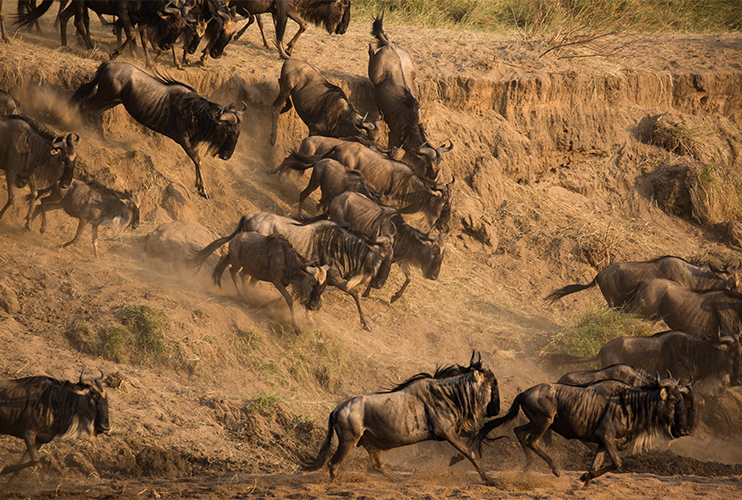
Wildebeest crossing the Sand River close to Sala’s Camp
BY LAND
Wildebeest
When – July to September
Where – Masai Mara, Kenya
Undoubtedly the most famed of all wildlife journeys, East Africa’s Great Wildebeest Migration is the biggest terrestrial migration on earth. It certainly deserves its place as one of the seven wonders of the natural world. Witnessing over one million wildebeest, joined by 200,000 zebras move as one ‘mega-herd’ across the African savannah is dramatic, intense and nail-bitingly thrilling. Eating 5,000 tonnes of grass a day, they must move to survive and follow the rains to new pasture on a continual clockwise loop around the Greater Mara-Serengeti Ecosystem. It’s a perilous journey. Predators lurk in murky waters and long grasses, but driven by survival instinct, the wildebeest must continue. Sala’s Camp in the Masai Mara is one of the first camps to witness the annual arrival of the migration as it enters Kenya and is an exciting safari location for anyone eager to be in the heart of the action.
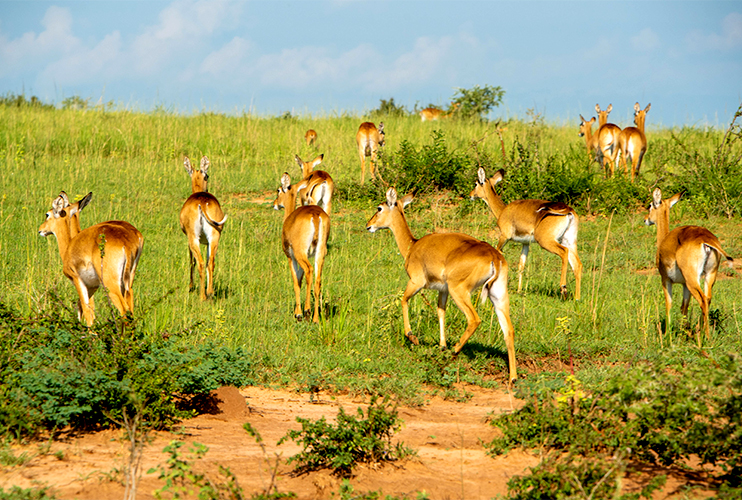
White-eared Kob on the move
White-Eared Kob and Tiang Antelope
When – January to June
Where – South Sudan
Another overland mammal migration of epic proportions to rival the wildebeest, is the annual voyage made by white-eared kob and tiang antelope. During the wet season, 200,000 tiang leave the flooded wetlands of the White Nile River in the Sudd region and journey south to Bandilingo National Park. Here they join hundreds of thousands of kob and move north-east en masse to find nutritious short grass in Boma National Park and Gambella National Park in Ethiopia. Migrating herds of 1.2 million animals form columns stretching 50 miles long and 30 miles across: awe-inspiring numbers. Protected by the sheer remoteness and vastness of the untouched wilderness in South Sudan, it’s one of largest remaining concentration of mammals on earth.
BY SEA
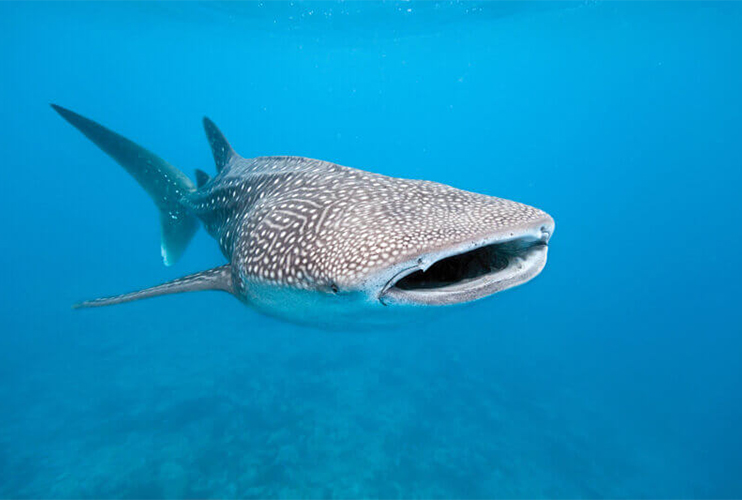
Swimming with whale sharks on Mafia Island off the East African coast
Whale Sharks
When – late December to mid-March
Where – Mafia Island, Tanzania
Majestic and other-worldly, whale sharks are gentle giants of the ocean. As the world’s largest fish, they can grow up to 12 meters long and live to over 100 years old. Highly nomadic, they migrate both regionally and thousands of kilometers crossing entire oceans, but scientists still have more questions than answers about their migratory patterns. What is known, is that at certain times of year in select spots around the globe, they congregate in plankton dense waters for feeding. One such spot is Mafia Island off the coast of Tanzania.
Whale sharks are possibly the largest creatures on Earth that humans can encounter at close range in their natural habitat without risk.
On the East African coast, local Swahili legend has it that when God created whale sharks, he was so delighted that he sprinkled them with coins, giving them the name ‘Papa Shillingi’ from the Swahili word for silver coins. Because whale sharks swim at such a leisurely place, humans can dive or snorkel alongside them – a mesmerising experience. Although they are sharks and not whales, don’t be put off! As filter feeders, they can’t bite or chew properly, but feed by filtering over 6,000 litres of water an hour to trap tiny fish, shrimp and plankton.
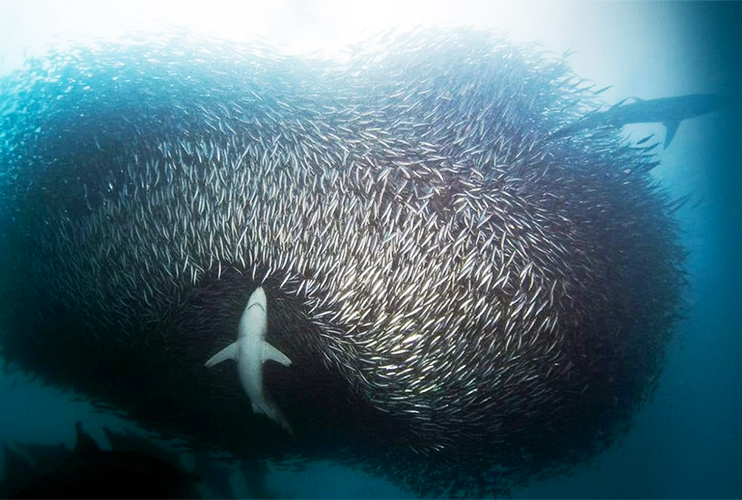
A bait-ball of sardines during a shark feeding frenzy in South Africa
Sardine Run
When – May to July
Where – Southeastern coast of South Africa
Dubbed ‘The Greatest Shoal on Earth’, the Sardine Run sees hundreds of millions of sardines swim in high-density shoals up the southeast coast of South Africa. It’s the largest marine-life migration on the planet, triggered by cold water upwellings off the southeast coast causing the fish to swim northeast up to the Wild Coast. Shoals can reach over 7 kilometres long, 1.5 kilometres wide and up to a mind-blowing 30 miles deep, so are highly visible to predators who arrive for feeding frenzies.
Sea birds dive like missiles from above, plummeting into the water in their thousands, sharks rocket into shoals from below and whales lunge right through them. Some predators, like dolphins, chase shoals into ‘bait-balls’, creating dense glittering masses which move as one, pulsing, scattering and reforming. It’s a little like the herd mentality of East Africa’s wildebeest; safety in numbers (or not!) Such a phenomenal spectacle offers the ultimate adventure diving experience.
BY AIR
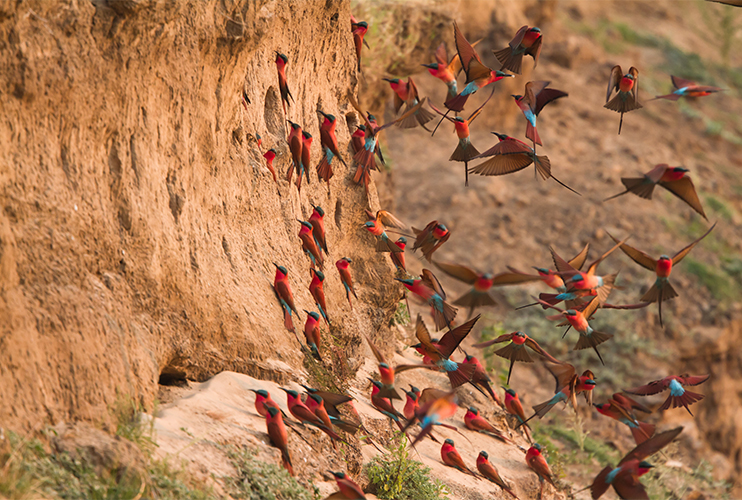
Southern carmine bee-eaters on a river cliff in Zambia © Will Burrard-Lucas
Southern Carmine Bee-eaters
When –September to October
Where – Zambezi River, northern Namibia
These beautiful rust-pink and turquoise birds have three distinct migratory patterns a year, one of which takes them south from central Africa to their breeding grounds along the Zambezi River on the northeastern tip of Namibia. They mate for life and return annually to the same nesting colonies on dry riverbanks, where they excavate long burrows of one to two metres into the crumbly soil. Flocks of over 1,500 birds at a time are not uncommon and 10,000 nests have been recorded in some places. Over a three- month period, the bee-eaters are busy digging nests, embarking on elaborate mating rituals and rearing their new chicks. The whirring of thousands of wings and vivid colour flashes as they dart in and out of nests is spectacular. Daily river bathing, mid-air insect interceptions and aerial fights between males present stunning photographic opportunities.
Bee-eaters catch their prey mid-air, before returning to their perch to bash the insect to death, or if it’s a bee, ensure its sting falls off. Perches can include antelopes or even large birds!
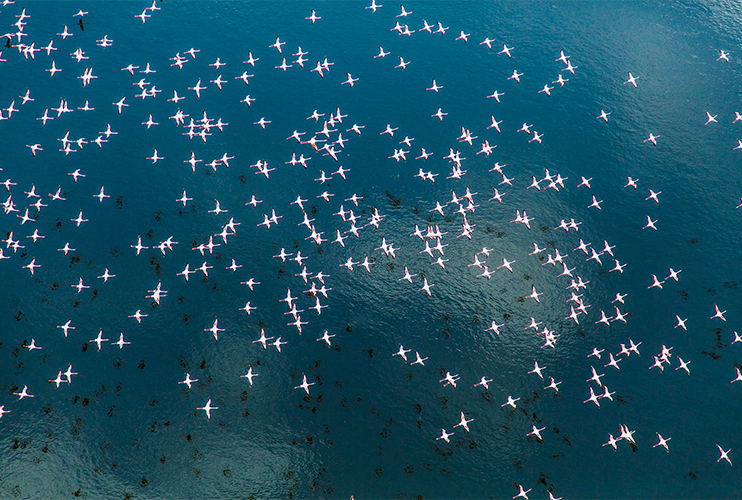
Soaring with flamingos above Lake Bogoria in Kenya
Flamingos
When – August to October
Where – Lake Bogoria, Kenya
East Africa is home to two of the world’s six flamingo species, both the littlest (the Lesser flamingo) and the largest (the Greater flamingo). Both migrate seasonally between several soda lakes in Kenya’s Great Rift Valley, drawn by fluctuations in algae which changes with water levels. One of the best places to find mega flocks of these striking birds is Lake Bogoria. Scenic and a little off the beaten safari track, during certain months of the year its shorelines are fringed with a blanket of pink.Flamingos are not born pink. The begin life a greyish hue and gradually acquire their brilliant coral and pink plumage through pigments called carotenoids in their algae-rich diet. Pinker birds are stronger and enjoy higher status in the pecking order!
One of the best ways to experience the flamingo migration is by air. Our bespoke helicopter trips depart from Sasaab or Solio Lodge and offer the chance to soar above one of the most spectacular scenes on the planet.
Migration is the most vital survival strategy, whether to feed, breed or to find a new home. ~ David Attenborough, Our Planet II
As East African experts and bespoke tour operators, we’re ready and waiting to help you witness some of the most incredible wildlife spectacles on earth. Discover our experiences here or get in touch using info@thesafaricollection.com to chat about a tailor-made itinerary for you.
RELATED NEWS

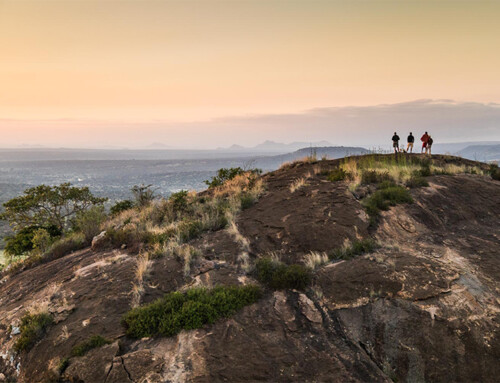
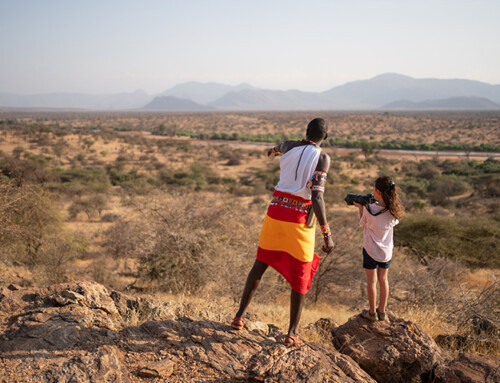
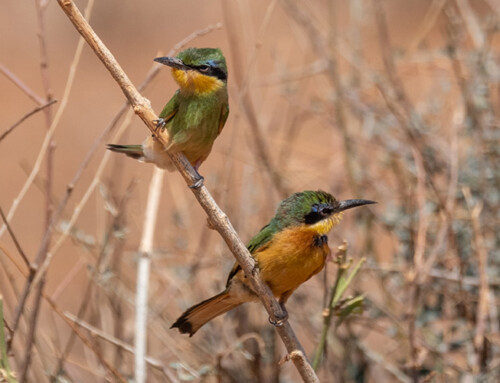
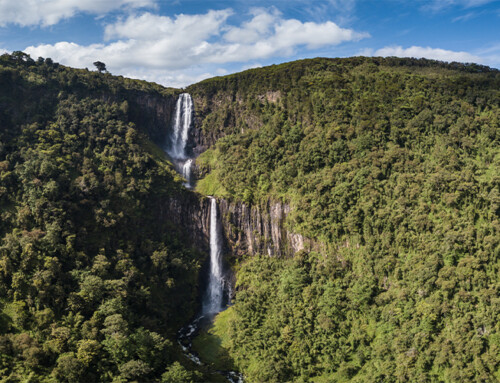
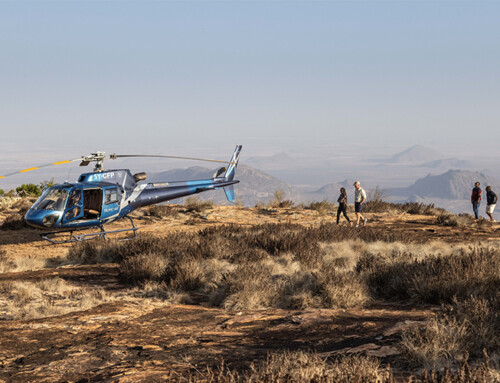
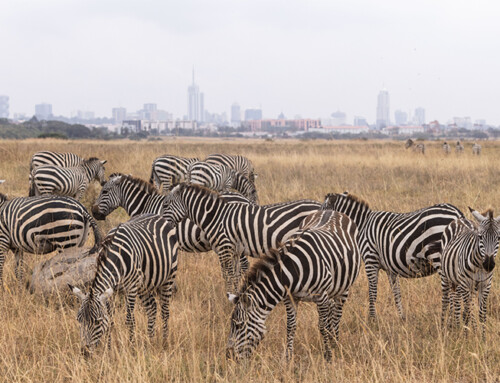
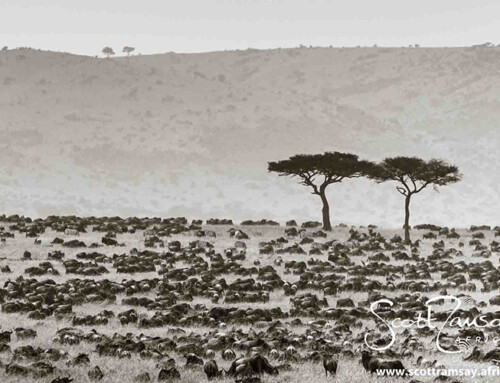







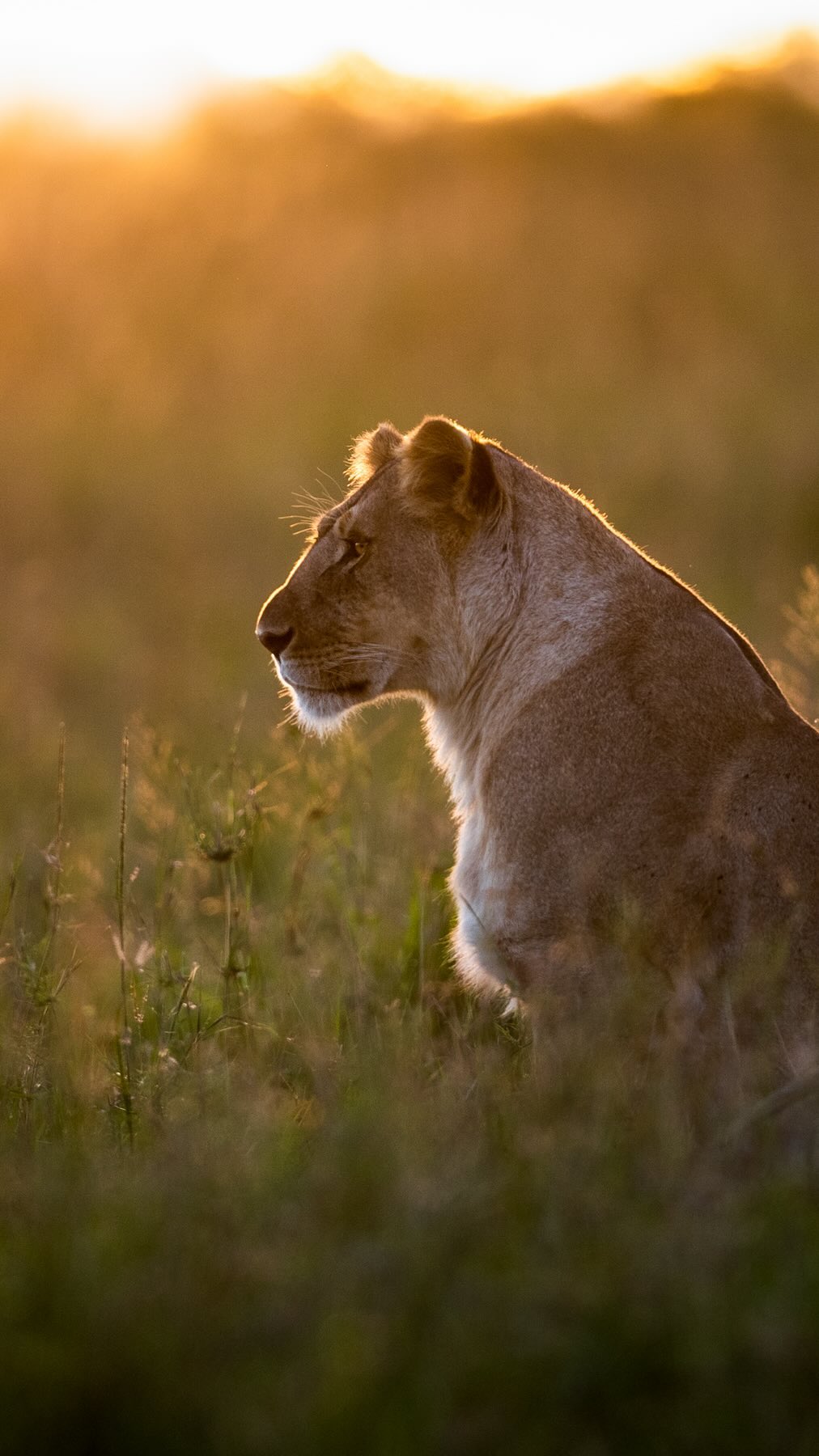

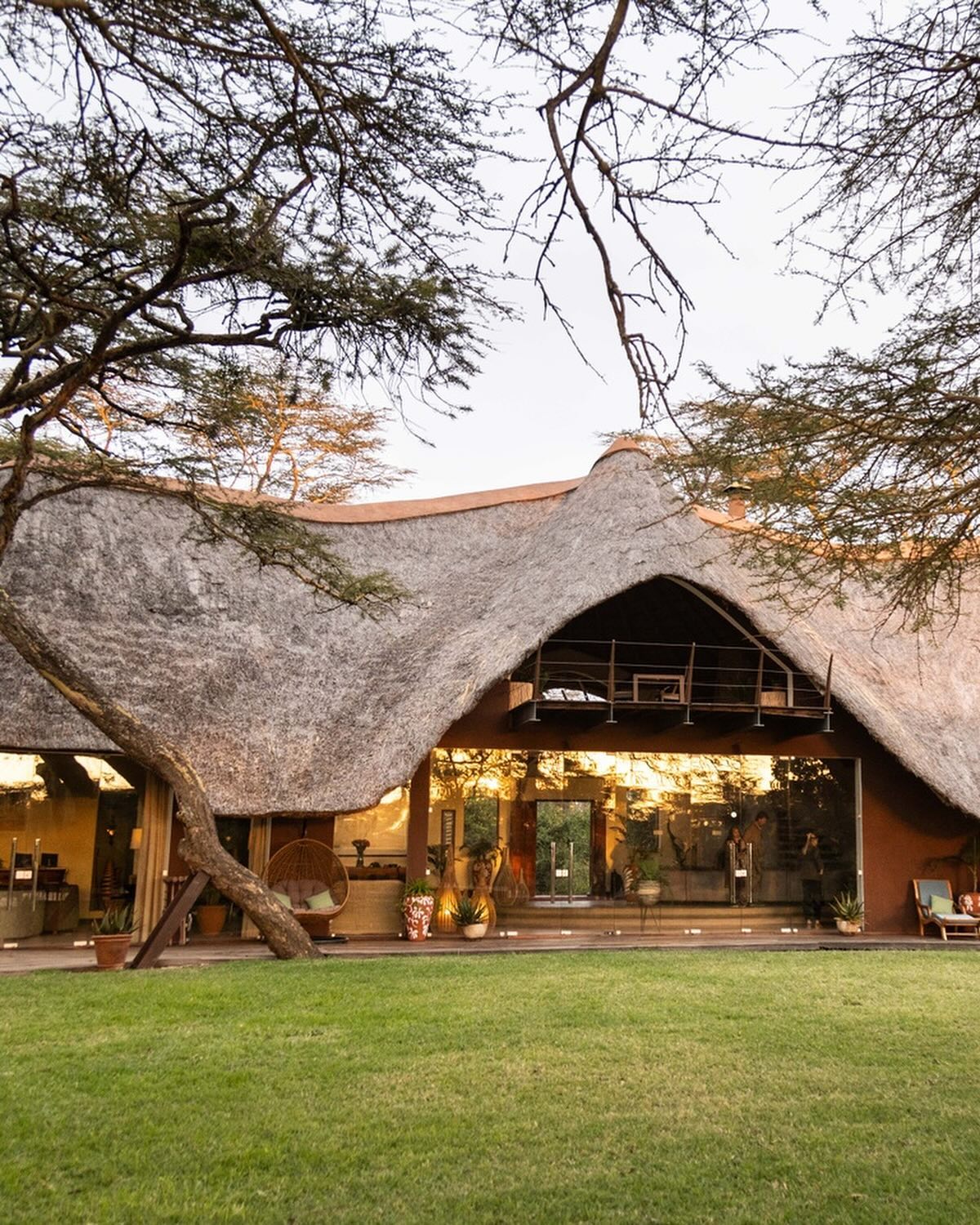
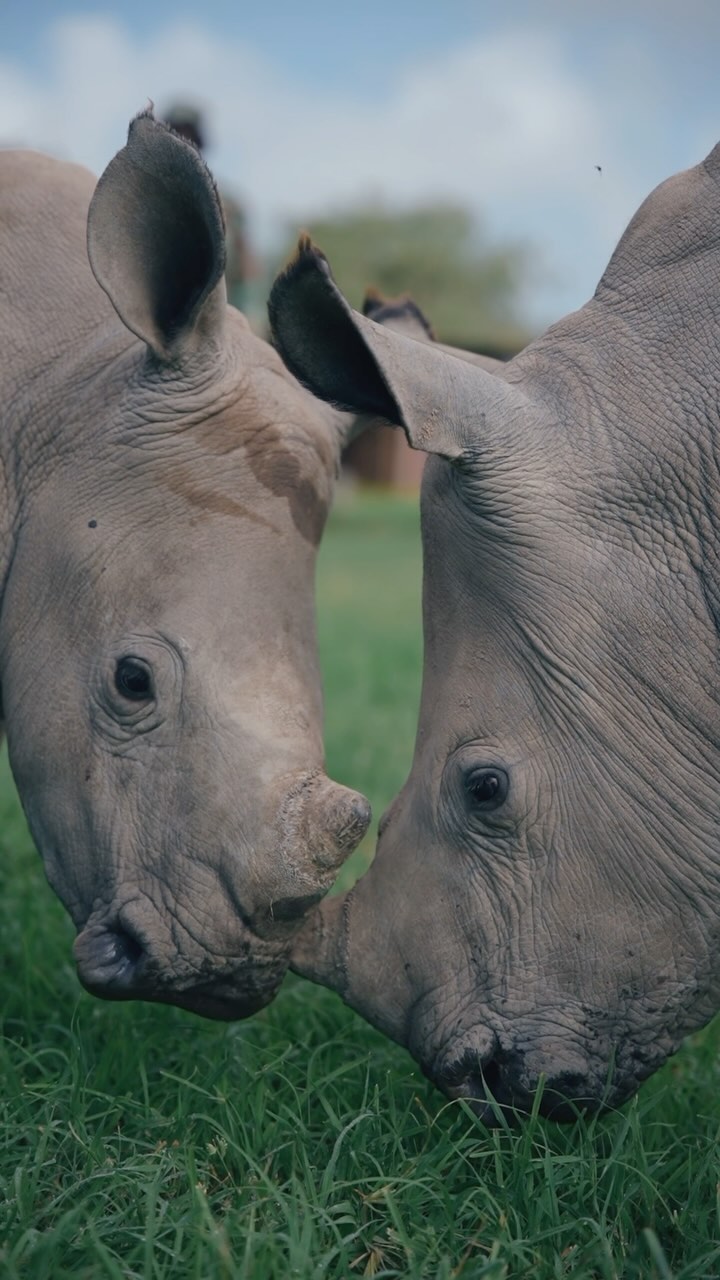
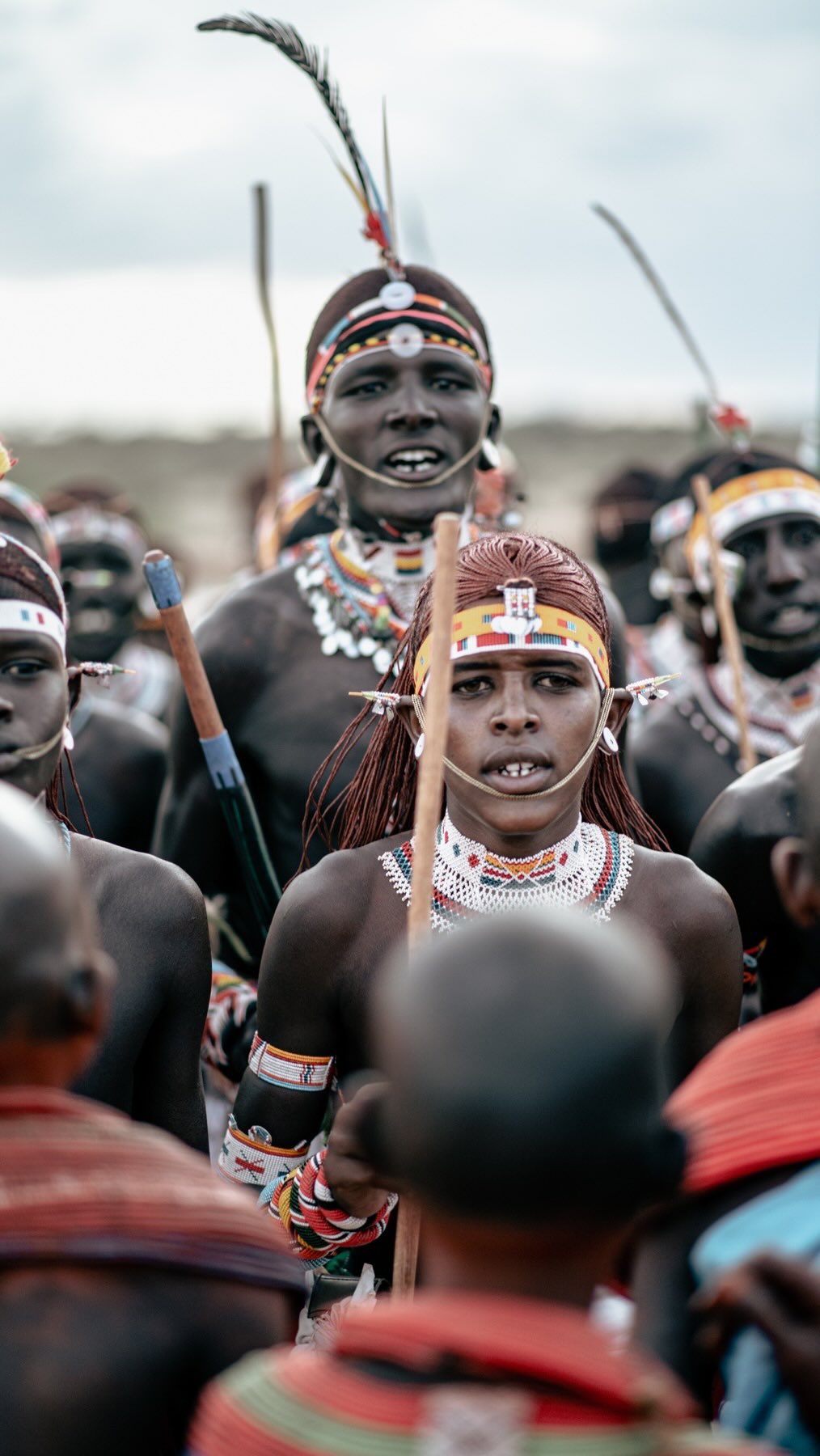
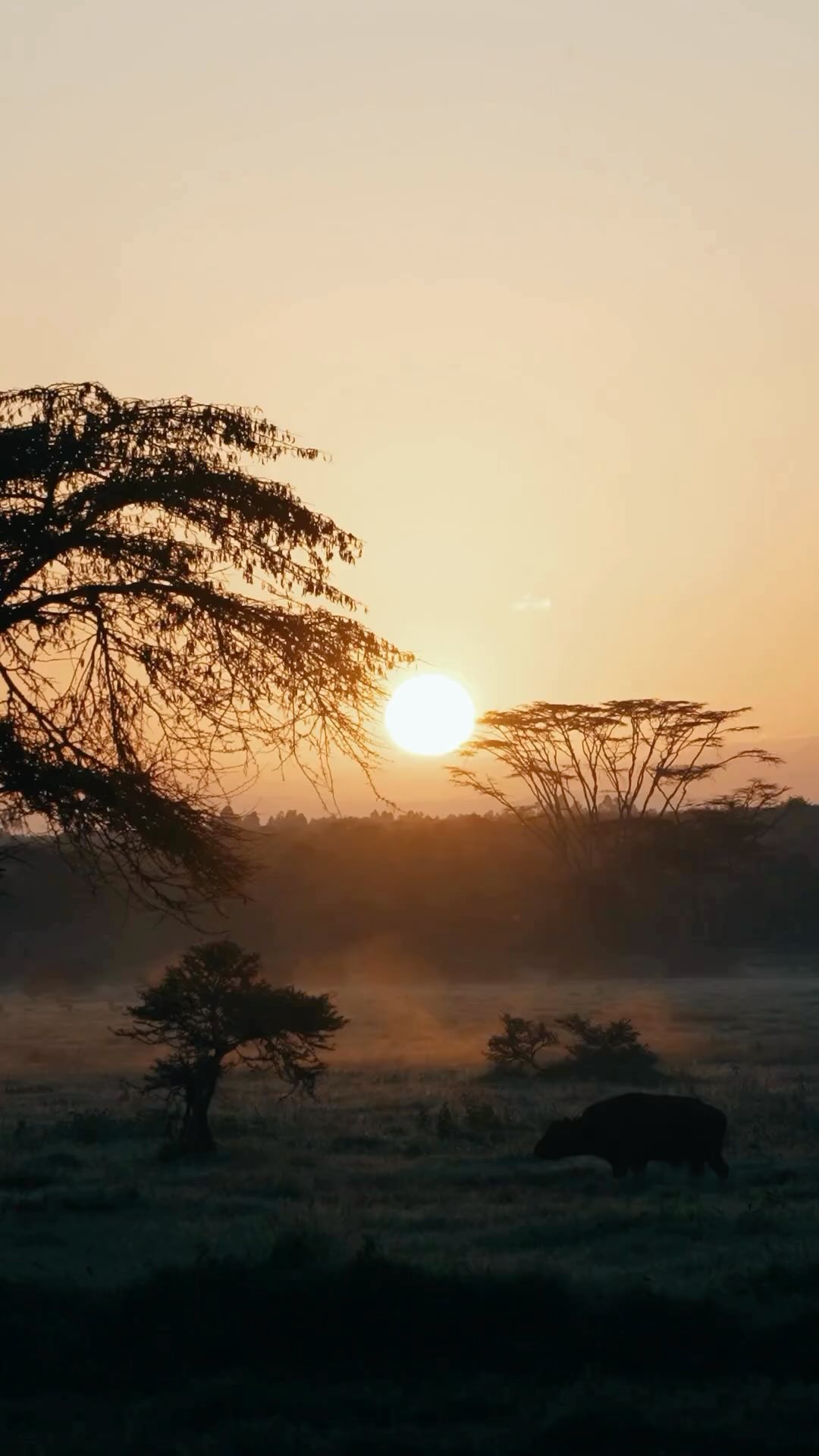
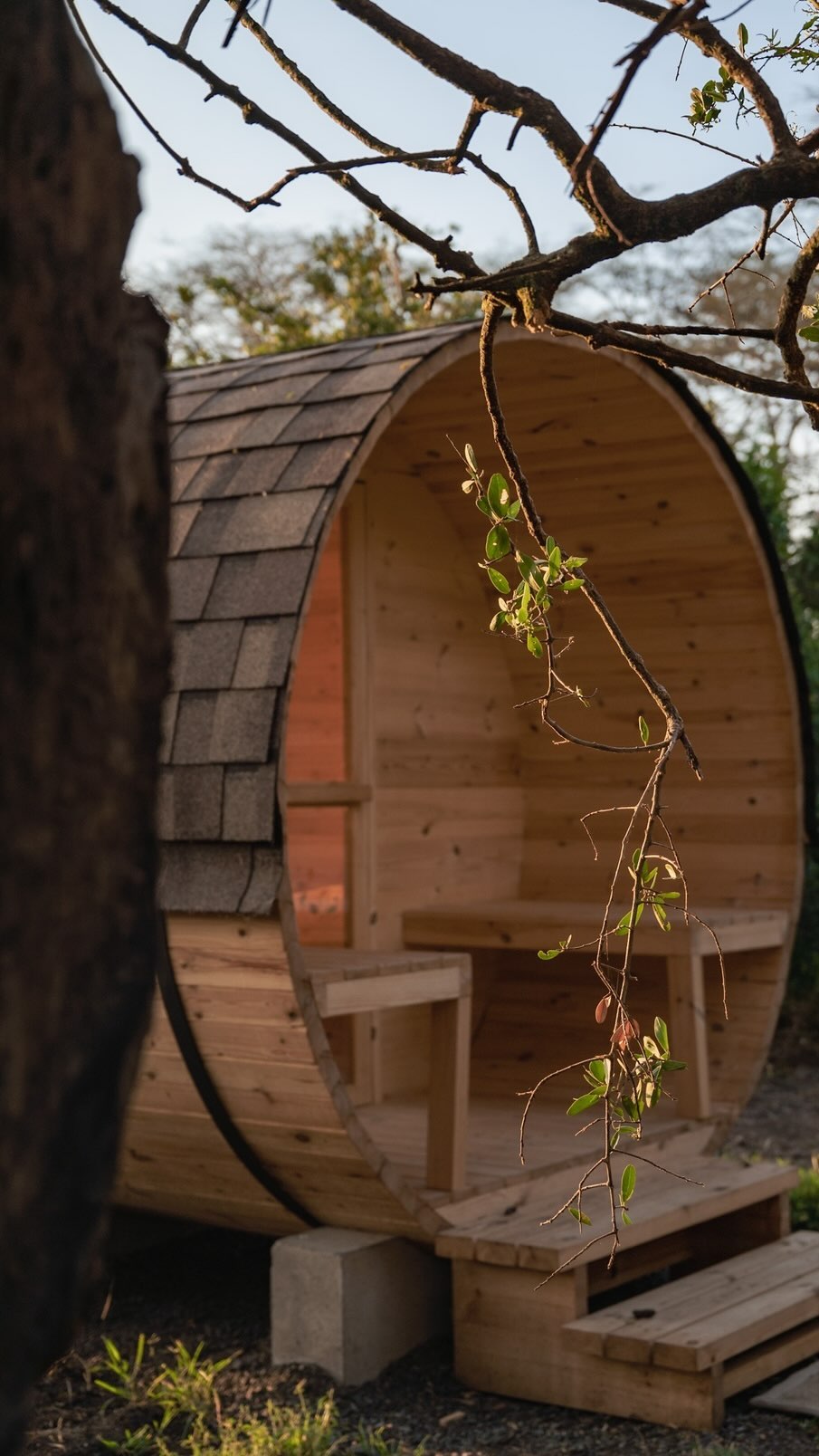

CONNECT & FOLLOW